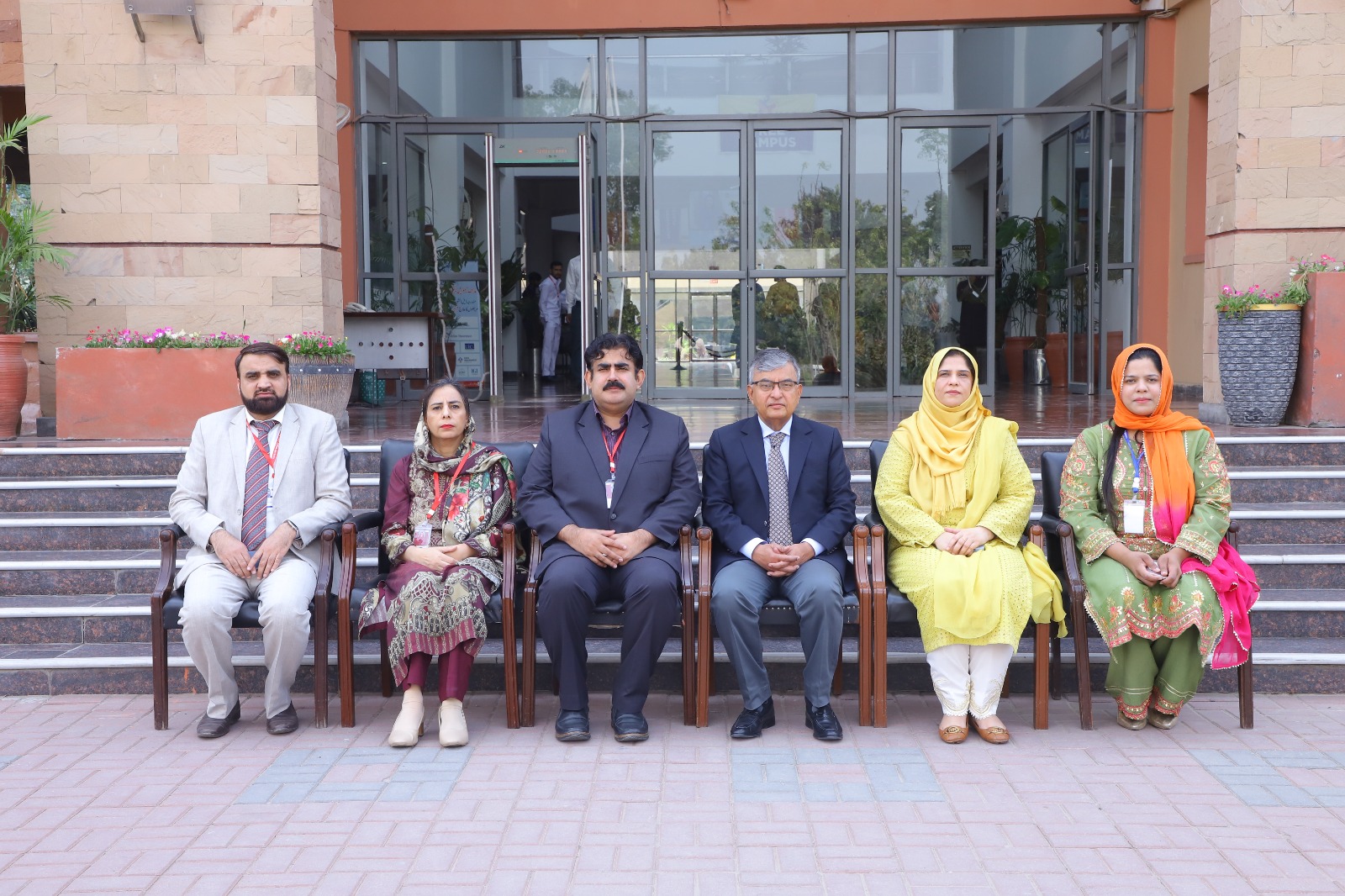
A research cell in a medical college plays a crucial role in advancing medical education, innovation, and healthcare outcomes. It is typically a dedicated department or unit focused on facilitating research activities, promoting academic excellence, and fostering a collaborative research environment. Here are the key features of a research cell in a medical college:
Rashid Latif Medical College (RLMC) held the inauguration ceremony of its Research Cell on April 16, 2025, marking a major step in strengthening the institution’s research and innovation culture. The event was honored by the presence of Chief Guest Prof. Rashid Latif Khan, Chairman of RLMC, whose inspiring leadership continues to shape academic excellence, and Madam Zulaikha Khan, Director Marketing, RLKU.
The ceremony witnessed enthusiastic participation from Prof. Mudassar Ali, Vice Principal of RLMC, members of the Institutional Review Board (IRB), the Students Research Society, and esteemed faculty.
In his keynote address, Prof. Rashid Latif Khan highlighted the essential role of research in advancing healthcare and urged the academic community to pursue innovation, collaboration, and evidence-based medical practices. A key feature of the event was the launch of the ‘Rashid Latif Khan Research Awards’, designed to recognize exceptional research contributions from students and faculty.
This initiative reinforces RLMC’s dedication to fostering academic inquiry, promoting scientific advancement, and building a vibrant, research-driven educational environment.
Dear Faculty and Students,
As the Director of the Research Cell, I encourage all of you to actively engage in research initiatives, contributing to innovation and academic excellence. Let’s continue collaborating, exploring new ideas, and advancing medical knowledge. Please stay updated on upcoming research opportunities and resources available to support your work. Together, we can make meaningful strides in medical research.
Best Regards,
Professor Dr. Tazeem Shahbaz
Director Research Cell
.jpg)
.jpg)
.jpg)
.jpg)